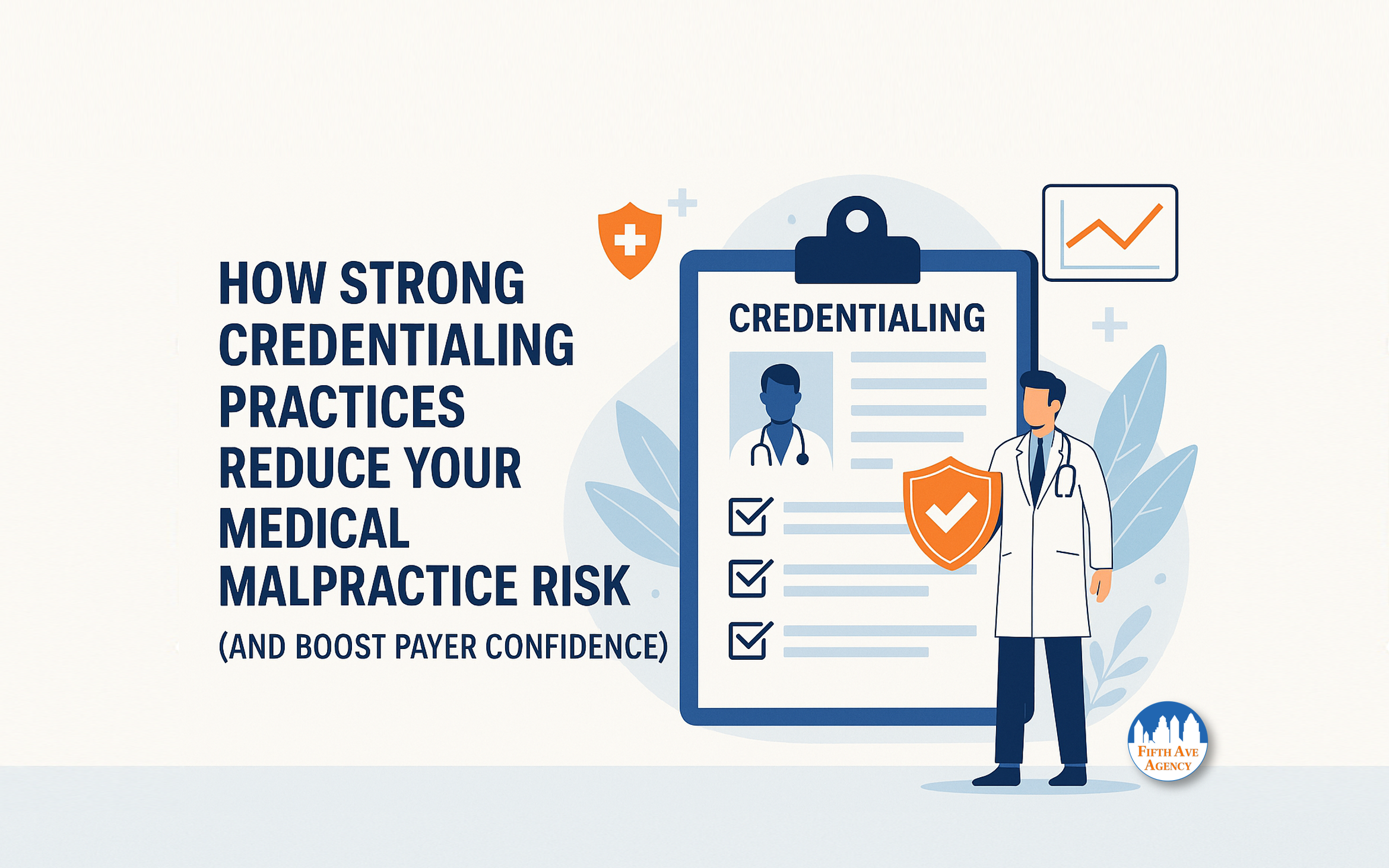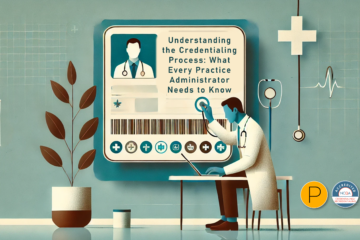A medical malpractice claim is a nightmare for healthcare providers and patients alike. Healthcare professionals ensure the public health and give patients the best possible care. Unfortunately, there are always medical malpractice claims.
According to NCBI, medical malpractice is defined as any act or omission by a physician during the treatment of a patient that deviates from accepted norms of practice in the medical community and causes an injury to the patient.
While the rate of medical malpractice varies by specialty, the New England Journal of Medicine states that 99% of physicians in high-risk specialties will face a medical malpractice claim by age 65, which means that regardless of whether actual malpractice occurs, most healthcare providers are likely to face medical malpractice claims in their careers. The certainty of medical malpractice claims creates a financial liability for medical professionals.
For a medical malpractice claim to be deemed legitimate, these 4 D’s of medical malpractice must be established:
- Duty
- Direct Cause
- Dereliction
- Damages
Additionally, a medical malpractice claim must be made in a reasonable amount of time. A patient can have the most robust case against a doctor, but if they wait too long to move the litigation forward, their case could be thrown out of court.
Let’s examine the 4 D’s in more detail below.
1. Duty
Regarding medical malpractice, a professional relationship must be established between the provider and the patient. A proper doctor/patient relationship must be proven before any malpractice litigation can proceed. It is understood that the doctor will provide professional care to patients to the best of their abilities within this relationship.
This duty does not exist when there is no relationship. For instance, if a doctor happens to meet a patient in a social setting like a grocery store, there’s no burden of duty to care for him. Another example is if a doctor is somewhere where a stranger experiences a medical emergency. Despite the circumstances, no duty of reasonable care is owed.
2. Direct Cause
The injured party must show that their healthcare provider’s negligence directly caused their injury. This means that the plaintiff must show that the healthcare professional’s deviation, and not some other, intervening event, caused the plaintiff’s injuries. If it cannot be proven that negligence caused an injury or death, there is no case.
Examples of deviations include:
- Misdiagnosing a patient,
- Misreading a laboratory test or report,
- Recommending unnecessary surgery,
- Prescribing improper types or amounts of medication, and
- Using improper surgical techniques, such as leaving a surgical tool or sponge inside a patient.
3. Dereliction
It must be proven that the healthcare provider caused harm in a way that a more competent provider would not have. A doctor’s care must be “reasonably skillful and careful.” This can be difficult to prove as it often requires expert testimony from other medical professionals reluctant to testify against their peers.
Sometimes dereliction of duty is evident due to the cause of harm, such as a sponge left inside a body after surgery.
4. Damages
A patient can only sue if they experienced harm due to a doctor’s negligence and caused damages to which the court can assign compensation. Patients can suffer a wide range of damages, including:
- Physical pain and suffering
- Mental anguish, including the Loss of enjoyment of life
- Additional medical bills directly resulting from the malpractice
- Lost work and lost earning capacity (current and future earning capacity)
Medical records and testimony can prove the injured party’s particular damages. Only damages caused by the malpractice are eligible for compensation. Injuries, current and future, caused before the malpractice are ineligible.
Some states limit the maximum number of damages a patient can sue for. There are also statutes of limitations for medical malpractice claims depending on where the negligence occurred. No matter how strong the suit is, a case can be rejected if not filed within the time frame. However, some states have a “discovery rule,” which states that the statute of limitations doesn’t begin until the patient discovers the injury in a reasonable amount of time.
Medical errors kill more than 200,000 people in the United States each year. There are approximately 17,000 malpractice cases filed in the United States each year. Studies have shown that 75% of doctors in low-risk specialties have faced a malpractice claim at some point. The certainty of medical malpractice claims creates a financial liability for medical professionals.
Awareness of the 4 D’s that result in medical malpractice may help reduce these statistics, ensuring the health of both provider and patient.
To read more about the elements of a legitimate medical malpractice claim, read our article titled 4 Elements Of Medical Malpractice.
More information about Fifth Avenue Agency
Fifth Avenue Agency specializes in MPLI and medical malpractice insurance, serving 1000s of providers across the country. Fifth Avenue Agency is part of the Fifth Avenue Healthcare Services family. Sister companies include 5ACVO (credentialing and primary source verification specialists) and Primoris Credentialing Network (credentialing and provider enrollment specialists with 54+ health plan and network provider enrollment options).
Fifth Avenue Agency initially published this article here. For information on Fifth Avenue Agency, please visit FifthAvenueAgency.com or Contact Us.















